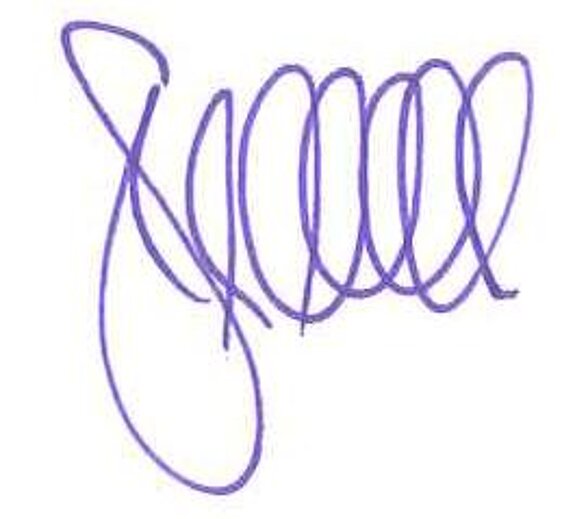Thick air and door closed!
![[Translate to English:] Dicke Luft Schweissen Merkle CAE Solutions [Translate to English:] Dicke Luft Schweissen Merkle CAE Solutions](/fileadmin/_processed_/b/d/csm_csm_TeaserBlog_108_Dicke_Luft_web_5fd0875859.jpg)
Welding shops often have areas separated by curtains with smoke extraction concepts that do not work quite as one would like (see Figure 1). The smoke from welding also spreads to places where, according to occupational health and safety legislation, it has no business being.
Clear air usually looks different.
When robots set about welding, the smoke is a bit more and denser, so they are relegated to so-called welding booths, where they do their dirty work.
Behind closed doors, the smoke extraction concepts for welding still work quite well. But what happens when the doors are opened? Can smoke escape or how do you prevent the environment from unintentionally turning into an opaque and smelly quagmire where occupational safety is trampled underfoot? At the latest when the workpiece is changed, the question arises as to whether or not smoke can escape outside into the hall.


Figures 2 and 3 show a worst-case scenario for welding with the car door open in each case for two different smoke extraction concepts.
While in the first chamber smoke escapes to the outside undisturbed when the door is open during welding, in the 2nd case the concentration of smoke outside the booth is almost 0. The smoke extraction concept works here without the flow velocity being too high according to the CFD model on the workpiece.
If we ask Merkle CAE Solutions' customers about permitted values for the concentration of flue gases outside the chamber, these data are often not known. In any case, they are very low. On the other hand, reliable data can be found on smoke development during the welding process (see appendix).
Simply increasing the volume flow of the vent is unfortunately only possible to a limited extent, as the air speed around the welding gun is limited. The reason for this is the shielding gas, which would be drawn away from the weld if the ambient speed were too high. The shielding gas has the task of protecting the weld pool and the arc from nitrogen, oxygen and hydrogen in the air. In this way, unwanted pores on the workpiece can be avoided, since there is no reaction with the air in the form of corrosion or burns.
Workpieces and robots also influence the flow velocities. Since booths for welding are often specially designed for high-volume parts, we at Merkle CAE Solutions incorporate all relevant geometries into our CFD models. Likewise, movements of the robot can be taken into account, should this be necessary.

The air supply through gaps and slots on the floor is also taken into account.
This makes it possible to design functioning booths even for complex components and weld seams, or, if necessary, to quickly identify and optimize weak points before they are used in series production.
Unfortunately, the use of modern methods to solve these tasks using CFD flow simulation is still in its infancy.
Smoke extraction systems or booths are built and optimized with a hand on the arm when something doesn't work the way the customer wants it to. However, especially in open welding shop areas, smoke extraction simply works very poorly. At Merkle CAE Solutions, they could be optimized via CFD simulation by one of our experienced fluid mechanics engineers to work properly at a small fraction of the investment cost.
In this context, our services in CFD simulation already pay for themselves by the fact that the ventilation systems could often be designed one dimension smaller if the fundamentals of fluid mechanics were taken into account. This should be in the interest of both the operators and the manufacturers of such systems. Oversized ventilation systems also cost money in investment and maintenance.
Slowly, a rethinking is taking place in the industry, especially among OEMs, who have to live with the negative characteristics of poorly functioning smoke extraction concepts and now demand proof from the supplier in advance. Unfortunately, the experience of OEMs is not yet mature enough to write meaningful and fulfilling specifications.
At Merkle CAE Solutions, we support suppliers and operators in the preliminary stages of smoke extraction concepts, evaluate and optimize corresponding systems with the help of CFD flow simulations, obtain the data required for the simulation and ensure that the boundary conditions and design scenarios fit and can also be fulfilled by the OEM.
The earlier we are involved in the discussions, the more efficiently we can support you with our theoretical and practical know-how in the implementation.
Yours Stefan Merkle

PS: Merkle CAE Solutions can also support you with unique know-how for fire tests in fire halls or test chambers, e.g. for battery or vehicle fires, with analytical pre-dimensioning, investigation of critical scenarios using CFD models, right through to dimensioning of the systems.
References: https://www.bghm.de/arbeitsschuetzer/fach-themen/gefahrstoffe-und-biologische-arbeitsstoffe/absaugung